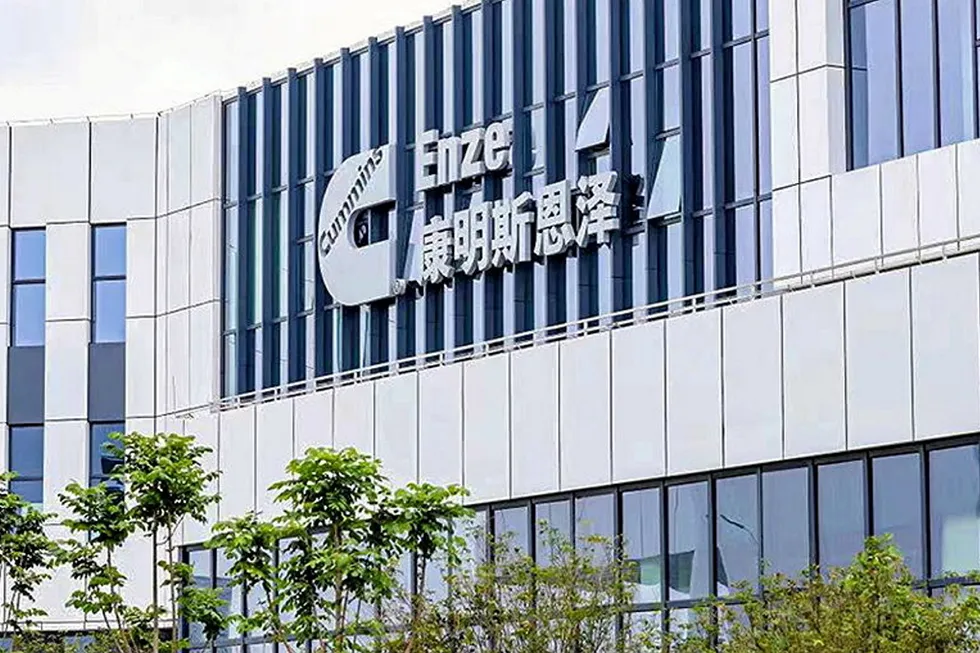China's PEM push | US-Chinese joint venture's hydrogen electrolyser gigafactory starts production in Guangdong
Facility built by Cummins and Chinese state oil giant Sinopec will significantly boost China’s PEM manufacturing capability

Facility built by Cummins and Chinese state oil giant Sinopec will significantly boost China’s PEM manufacturing capability
